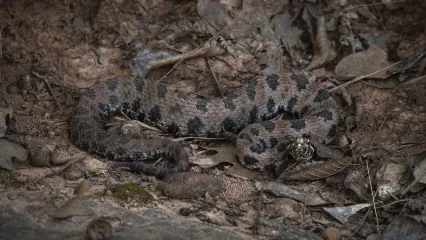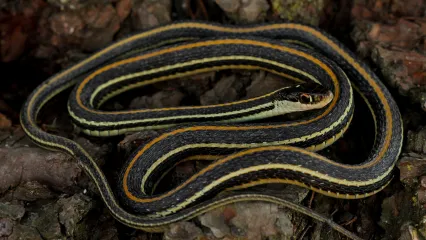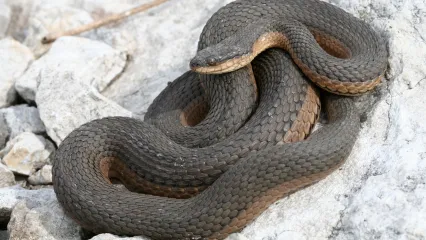
Description
The alligator snapping turtle is Oklahoma’s largest turtle and the largest freshwater turtle found in North America. Adults may reach up to 250 pounds. These turtles have a hooked beak, three prominent ridges on the shell, and a smooth tail. These features, in addition the large adult size, can help differentiate the alligator snapping turtle from the common snapping turtle.
Size
Adults may exceed two feet in shell length and may reach 250 pounds.
Habitat
These turtles are found in river systems that flow into the Gulf of Mexico. In Oklahoma, it is now thought to be restricted to east central and southeastern lakes, rivers, and sloughs.
Life Cycle
Alligator snapping turtles are somewhat secretive and spend much of their time in the water. They feed on a variety of foods, including fish, crayfish, mussels, birds, mammals, and other reptiles and amphibians. While they may opportunistically scavenge for food, they may also lure prey using a worm-like appendage located on the floor of the mouth. Males may mature between 11 and 21 years of age, while female may mature between 13 and 21 years of age.


